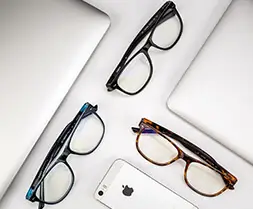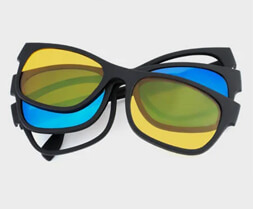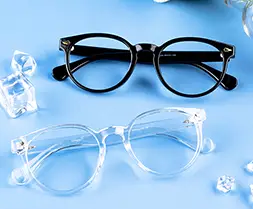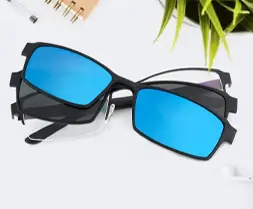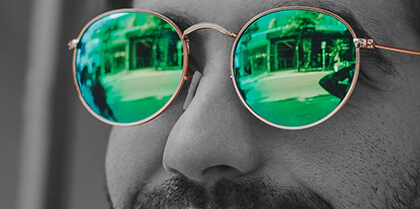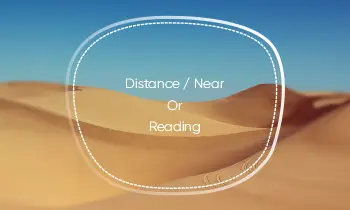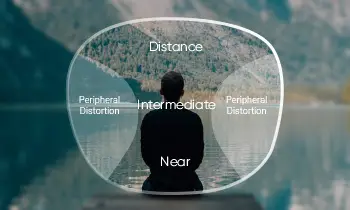Many parents attribute the cause to using electronic products, especially cell phones when a child is nearsighted. Parents often say to their children: Stop looking at the cell phone; it damages your eyes! Go read a book or practice the piano!
Do cell phones have a greater affect on vision than reading books?
Whether looking at a cell phone or reading a book, the regulatory response of the eyes is similar; both may increase the risk of nearsightedness development, and looking at a cell phone does not affect vision any more than looking at a book. In other words, in the case of the same objective factors such as distance and time, the effect on children's eyesight is similar whether they are looking at a cell phone or reading a paper book.
We think it's easier to be nearsighted when looking at a cell phone because the images on a cell phone are more colorful, and the content is more attractive compared to a book. In addition, most children are more focused when exposed to cell phones and unknowingly spend serious time over time. Excessive eye time will make the eyes accumulate visual fatigue, and even the eyes are prone to dryness and soreness, which is why it is more likely to lead to nearsightedness. And because the cell phone screen is a little smaller than books, children tend to look at the phone when the distance is also closer than the book hold.
Preventing nearsightedness is never about "not looking at cell phones," but about controlling the amount of time you use your eyes in the near.
So how can we really prevent nearsightedness?
Create a good eye environment --Pay attention to the lights
Try to use ceiling-mounted overhead lights when reading because the light is more even; simultaneously, you should ensure proper brightness and no harsh glare.
When reading and writing, use a desk lamp while turning on the room lighting. For people who write with a pen in their right hand, the light from the desk lamp should shine from the upper left corner, but not directly into the eyes. When using a computer or electronic screen, the light intensity in the room should be about half what it is when reading or writing. Also, avoid letting the light source shine directly onto the screen to reduce glare.
Develop good eye using habits --20-20-20 principle
When using electronic screen devices, reading and writing at close range, follow the "20-20-20" rule, which means "turn your eyes away from the screen for at least 20 feet (about 6 meters) for at least 20 seconds every 20 minutes" to give your eyes enough rest. It's also a good idea for children to step away from the electronic screen or desk for at least 10 minutes every 40 minutes to move around and avoid prolonged close-eye use.
Ensure adequate outdoor activities and sleep time
No less than two hours of outdoor activity per day is recommended. Moderate UV exposure to sunlight promotes the body to produce more dopamine, effectively slowing down the eye axis's growth. Outdoor light intensity than indoor high, so that the pupil can be narrowed so that the depth of field of vision deepened reduced, you can see more clearly can help delay nearsightedness development. Outdoor vision is far, and many activities switch between near and far vision distance, allowing the eye to relax. Sleeping time is guaranteed while doing regular work and rest, early to bed and early to rise.



